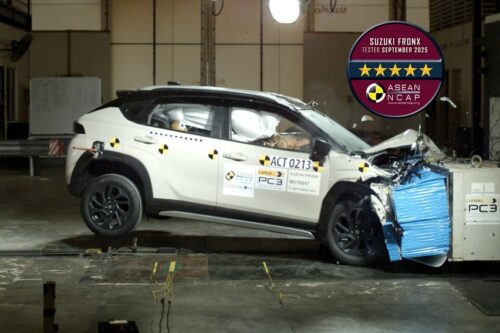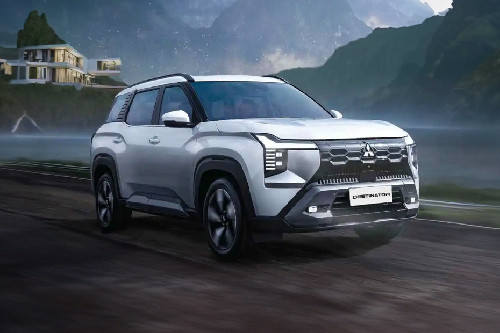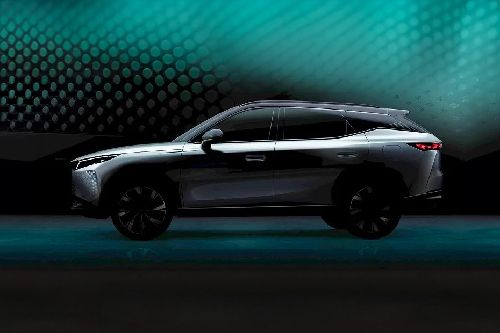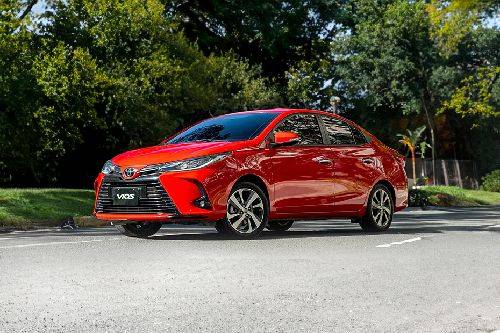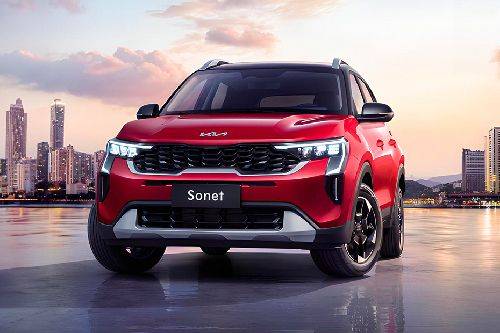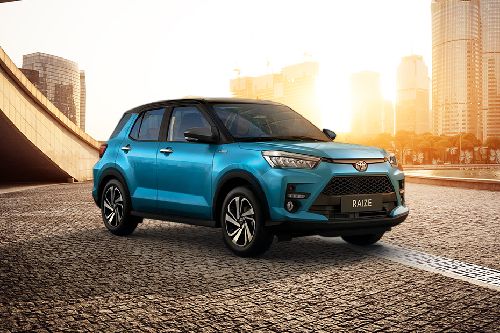Safe seven: Know several advanced safety features in cars today

All aspects of a vehicle have undergone a significant evolution in the automotive industry, as a result of sophisticated engineering and in-depth research and development.
KEY TAKEAWAYS
What are some of the advanced safety features in current cars?
To keep people inside and outside the vehicles safe, many modern cars are equipped with the following safety features: Adaptive cruise control, driver fatigue assist, adaptive headlights, night vision, and 360-degree camera.One such area is automobile safety, which has improved significantly from the days of seat belts and airbags, to include cutting-edge features like adaptive cruise control, fatigue support, and many more.
Modern safety features present in today's automobiles increase occupant safety, while at the same time, also protect those nearby. Here are the following seven cutting-edge sophisticated safety features found in many cars today.
Adaptive Cruise Control
Intelligent cruise control known as "adaptive cruise control" automatically slows down and speeds up the car to match the pace of the vehicle in front of it.
Similar to cruise control, the radar sensor monitors traffic flowing in front of the vehicle once the driver enters the maximum speed into the system. It directs the vehicle to maintain a short distance behind the leading vehicle while keeping the vehicle in a specific lane.

With the most recent technology in driver assistance, a pre-crash system is included that frequently starts braking and informs the driver in an emergency.
Adaptive cruise control is also known as active cruise control, intelligent cruise control, autonomous cruise control, and radar cruise control.
Night Vision
This cutting-edge innovation improves our ability to see clearly in low light.
The night vision technology maintains an eye on vehicles, animals, or pedestrians that are difficult to see with the human eye in the dark by using a forward-facing thermographic camera. On the infotainment screen of the car, it shows the visuals of the upcoming scene.
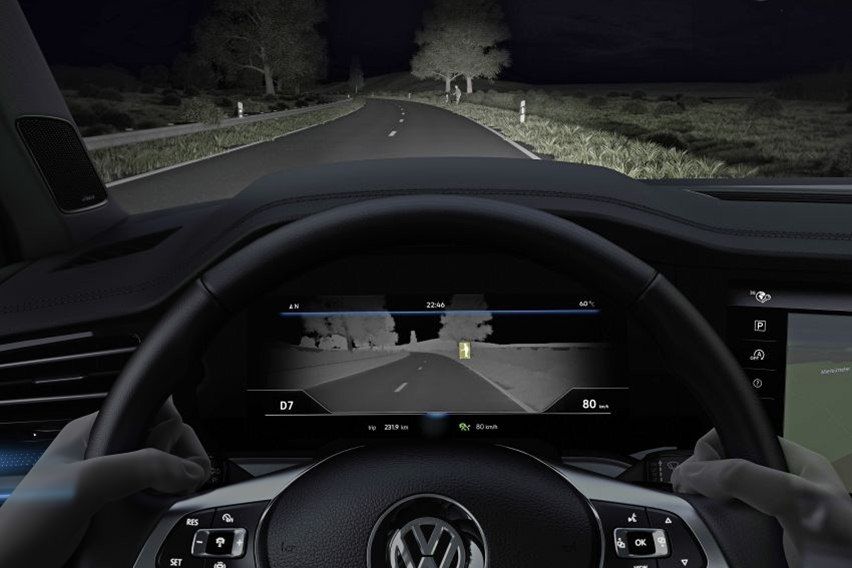
It provides the motorist with a clear audible or visual alarm when it detects an obstacle.
Adaptive Headlights
Headlights that actively adjust to shifting driving circumstances are said to be adaptive. The headlights turn when the automobile turns because the halogen bulbs, more modern LED or HID (High-Intensity Discharge) lights rotate in response to steering wheel movement or vehicle speed.
In contrast to normal headlights, it enables drivers to see difficult-to-see hazards in low-light conditions on curving roads. This adaptable system includes steering wheel sensors, articulating lamps, and speed and position sensors.

Other names for the Adaptive headlights are Adaptive front lighting system, cornering headlights, and rotating headlights
Safe Exit Assist
Children in the back cannot open the doors while the car is driving thanks to the electronic child safety lock. But as soon as the car is stopped, the lock is likely to be released without first making sure it is secure enough for the youngsters to exit.

The Safe Exit Assist is utilized in this situation. It avoids the kinds of crashes that can occur when a car's doors are opened as another automobile approaches from behind. When a fast-approaching vehicle is detected, it uses radar technology to inform the driver before turning off the electronic child safety lock.
Driver Fatigue Assist
The driver's driving style is evaluated by this system, which also looks for signs of weariness such as erratic driving or frequent lane changes. The device then sounds an audible bell to suggest that the driver take a rest. When connected to the navigation system in the car, the system also finds a rest stop or coffee shop in the area and alerts the driver to it.

Rear Airbag
Nearly all reasonably priced current cars come standard with six airbags, including two front, two front side, and two curtain airbags. Even though some automakers, like Toyota, often equip their vehicles with seven airbags, one of which protects the driver's knee.
The new Mercedes-Benz S-Class, however, lifts the benchmark by including front airbags for the passengers in the back. These airbags, which are situated in the back of the front seat, employ a cutting-edge idea to deploy the air cushion and stop the occupant from moving forward in the event of a frontal accident.
360-Degree Camera
The 360-degree camera system works in conjunction with the infotainment display to let the driver keep an eye on everything around the car. It catches many angles, including the front, back, left, and right sides, with the aid of various cameras and sensors distributed throughout the car.
Consequently, it makes it possible to maneuver in tight spaces, under heavy traffic, or while parking. A top-down view of the vehicle is also provided by the sophisticated camera.

If safety is a primary concern for you as you shop for your next vehicle, these characteristics are definitely worth taking into account.
Photos from Changan, Ford, Hyundai, Mercedes-Benz, Volkswagen
Sell your car at the best price
 Verified and genuine buyers
Verified and genuine buyers
Trending & Fresh Updates
- Latest
- Popular
You might also be interested in
- News
- Featured Stories
Featured Cars
- Latest
- Upcoming
- Popular
Latest Car Videos on Zigwheels

Car Articles From Carmudi
- journal
- advice
- financing
- insurance























